Mastering the Hard and Soft C and G Sounds: A Teacher’s Guide to Fun Phonics Lessons
Hello, teachers and fellow phonics explorers! 🌟 Whether you're a parent guiding your child through the exciting world of phonics or a teacher creating engaging lessons in the classroom, understanding the difference between hard and soft C and G sounds is a key part of literacy development. It can feel like cracking a secret code at first, but with the right strategies, we can make it both simple and fun!

Why Hard and Soft C and G Sounds Are Important
Before we dive into fun activities and tricks, let’s talk about why understanding hard and soft C and G sounds is so crucial for early learners. Mastering these sounds improves students’ reading and spelling skills, helping them become confident readers and writers. By recognizing when to use each sound, children can build stronger phonetic awareness and understanding of the language.
Hard and Soft C Sounds:
- Hard C: This sound is /k/ like in words such as cat, cup, and cold.
- Soft C: This sound is /s/ like in words such as city, face, and circle.
Hard and Soft G Sounds:
- Hard G: This sound is /g/ like in words such as goat, gum, and grape.
- Soft G: This sound is /j/ like in words such as giant, giraffe, and gym.
It can be tricky to know when to use each sound, but don’t worry—our creative activities will make it easier for both you and your students!
Tips and Tricks for Teaching Hard and Soft C and G Sounds
Here are some simple strategies that will help make learning these tricky sounds both engaging and effective in your classroom:
1. Use Visual Aids
Kids are often visual learners, so anchor charts or posters can be a great way to show examples of hard and soft C and G sounds. Having these visuals around your classroom helps reinforce their learning throughout the day. Our worksheets come with these helpful charts, so they’re easy to implement in your lessons.

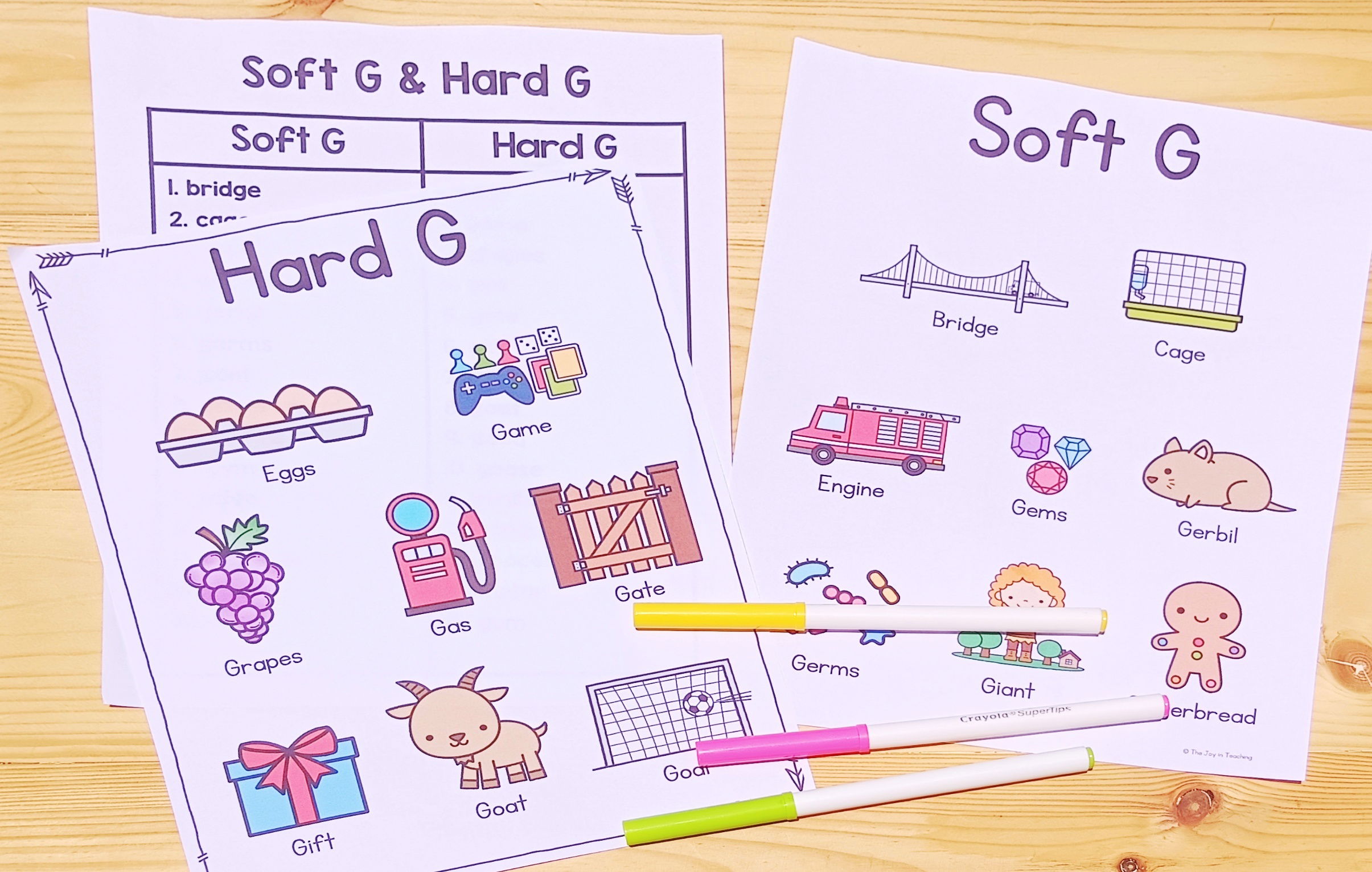
2. Incorporate Movement
Turning learning into a physical activity makes it more exciting for young learners. Try a “C and G Sound Hopscotch” game. Write words with hard and soft sounds on the floor, and have your students hop to the correct sound. Not only will they burn some energy, but they’ll also remember the sounds better!
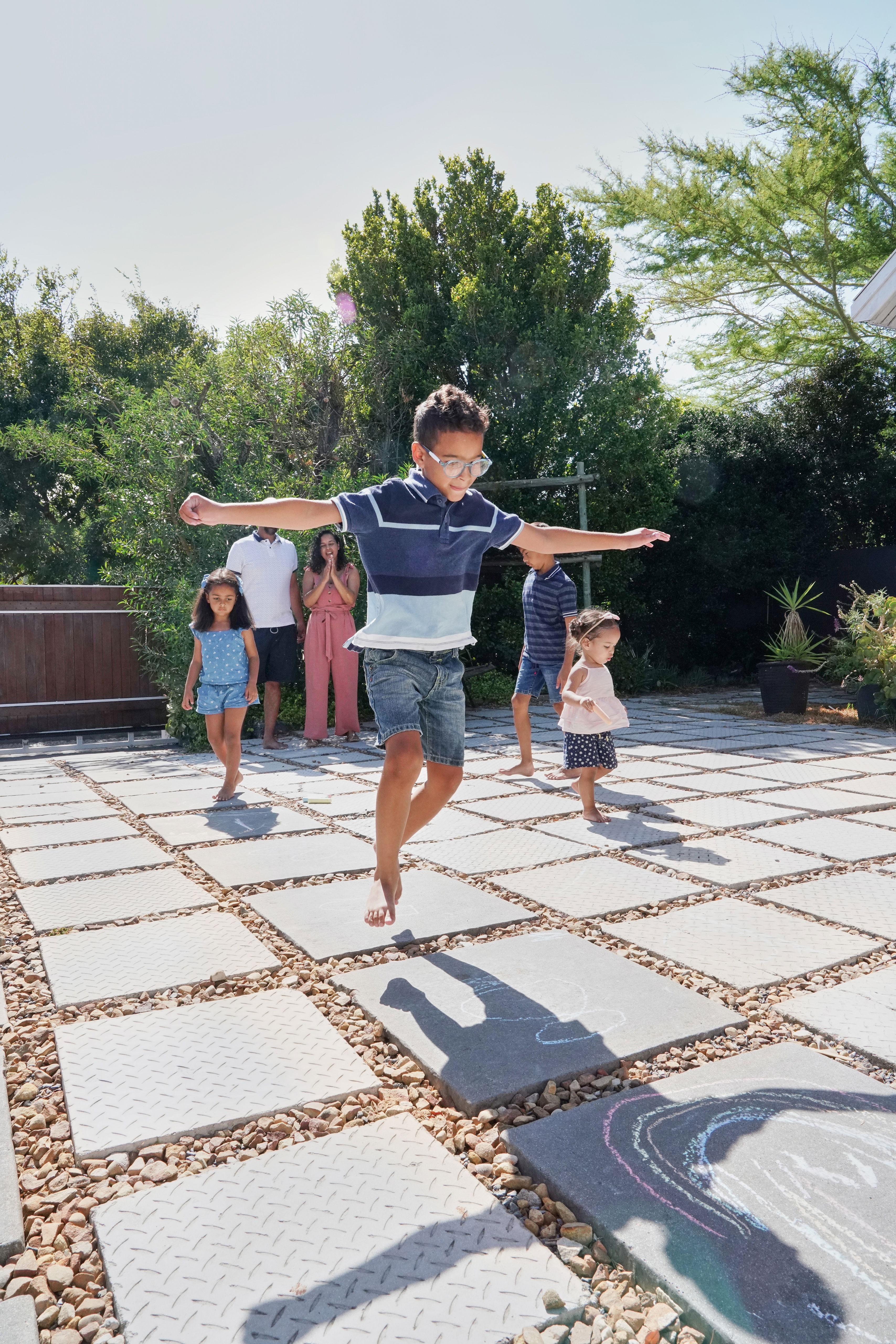
3. Story Time with a Twist
Reading aloud can help kids hear the sounds in context. Choose books that mix hard and soft C and G sounds, and as you read, pause and ask your students to identify the sounds they hear. Books like The Giraffe Who Liked to Giggle or City of Cats are fun and perfect for this activity!

4. Interactive Games
Flashcards are a great way to keep students engaged while practicing these sounds. Try a game of “Sound Bingo” or a matching game using the flashcards. These games reinforce their learning and make it feel like playtime!
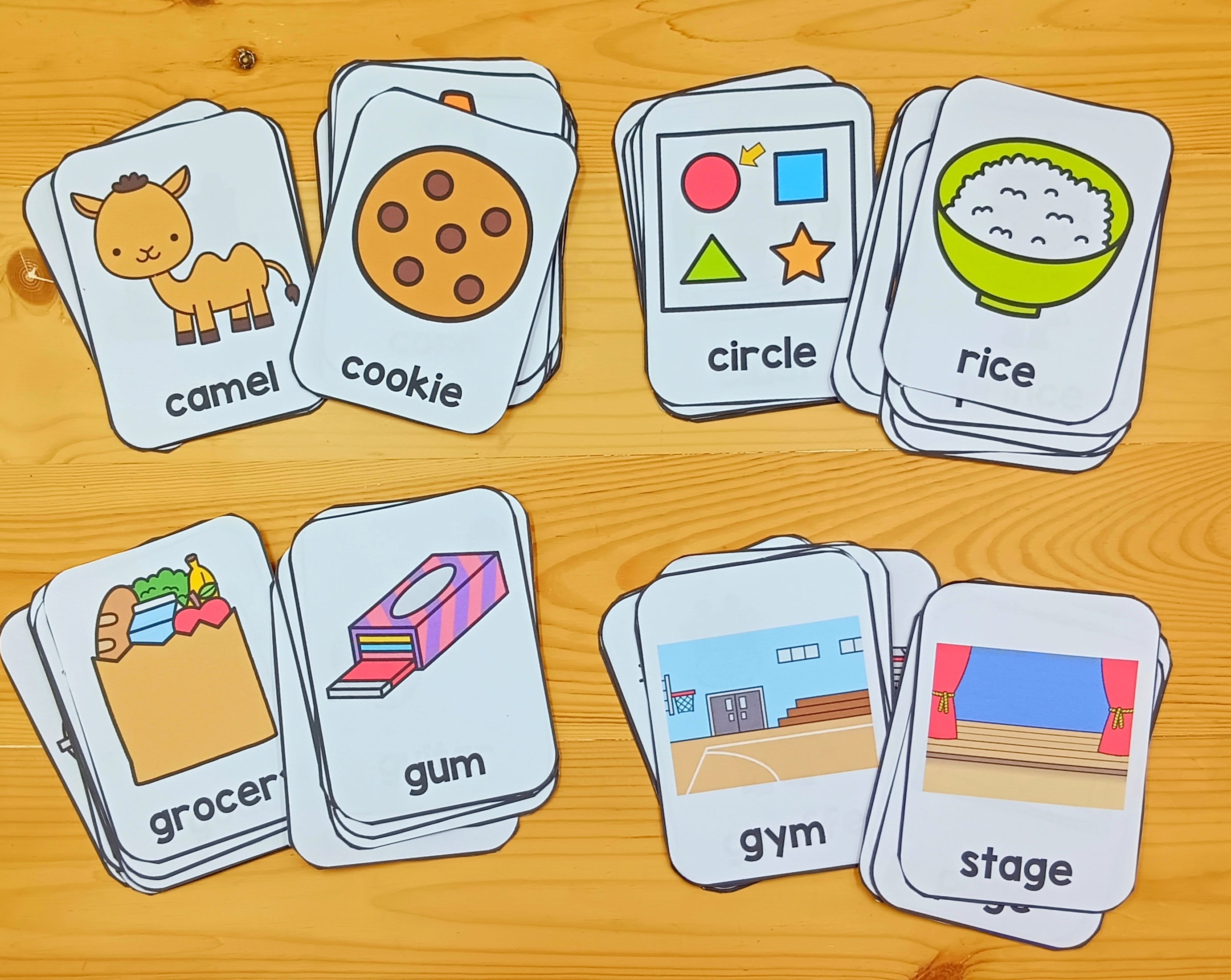
5. Repetition with Variety
Consistency is important, but so is keeping things interesting. Rotate through different activities like sorting, identifying, and reading exercises to keep your students excited and engaged.
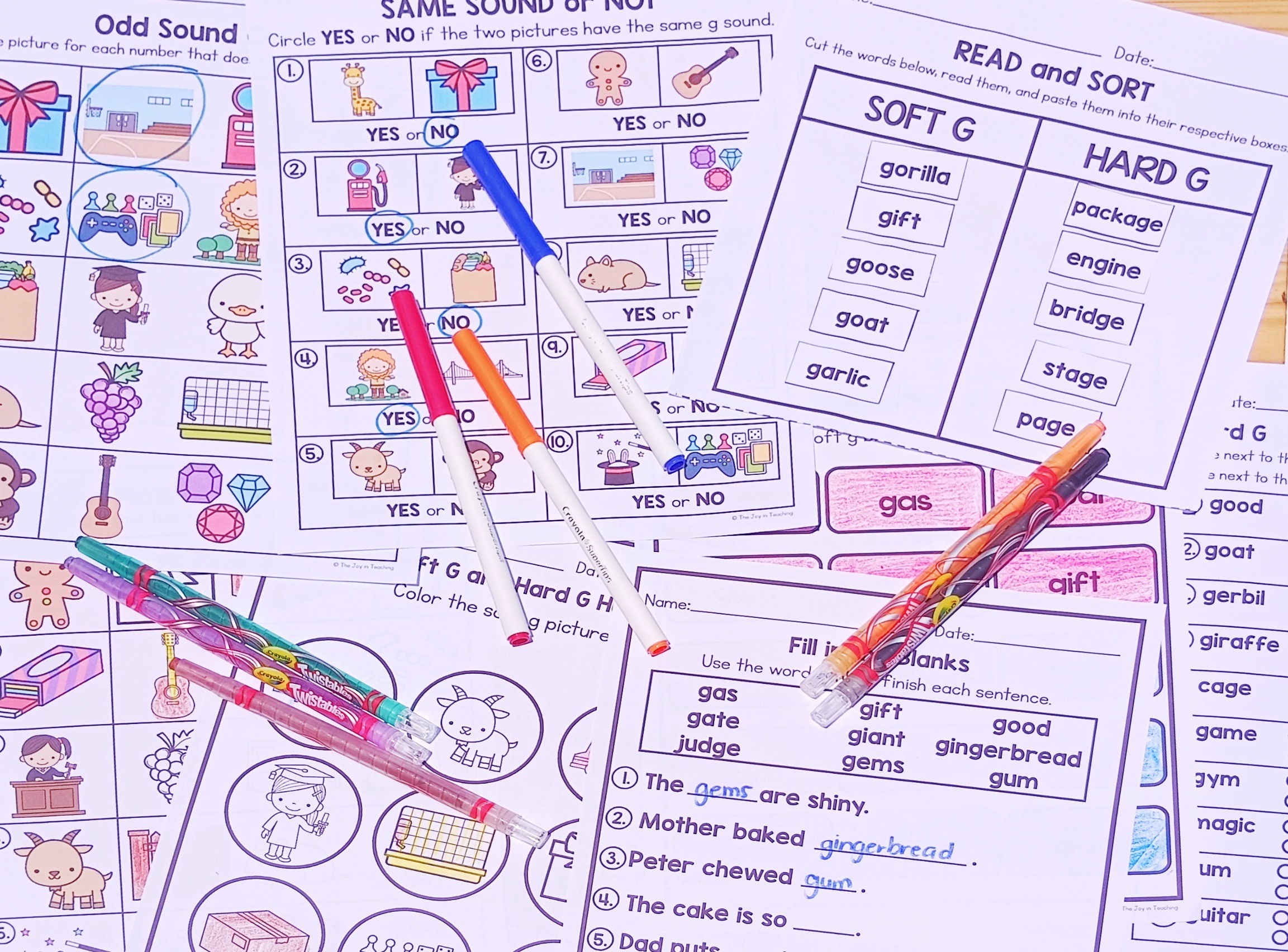

Must-Have Activities to Teach Hard and Soft C and G Sounds
Here are some of the essential activities you’ll need to help your students master hard and soft C and G sounds. Each one is designed to be both educational and fun:
1. Soft and Hard C & G Sorting Activity
- Objective: Help students recognize and sort words by their hard and soft sounds.
- Activities: Hands-on sorting activities, picture matching, and more. These activities will encourage kids to think critically and distinguish between the two sounds.

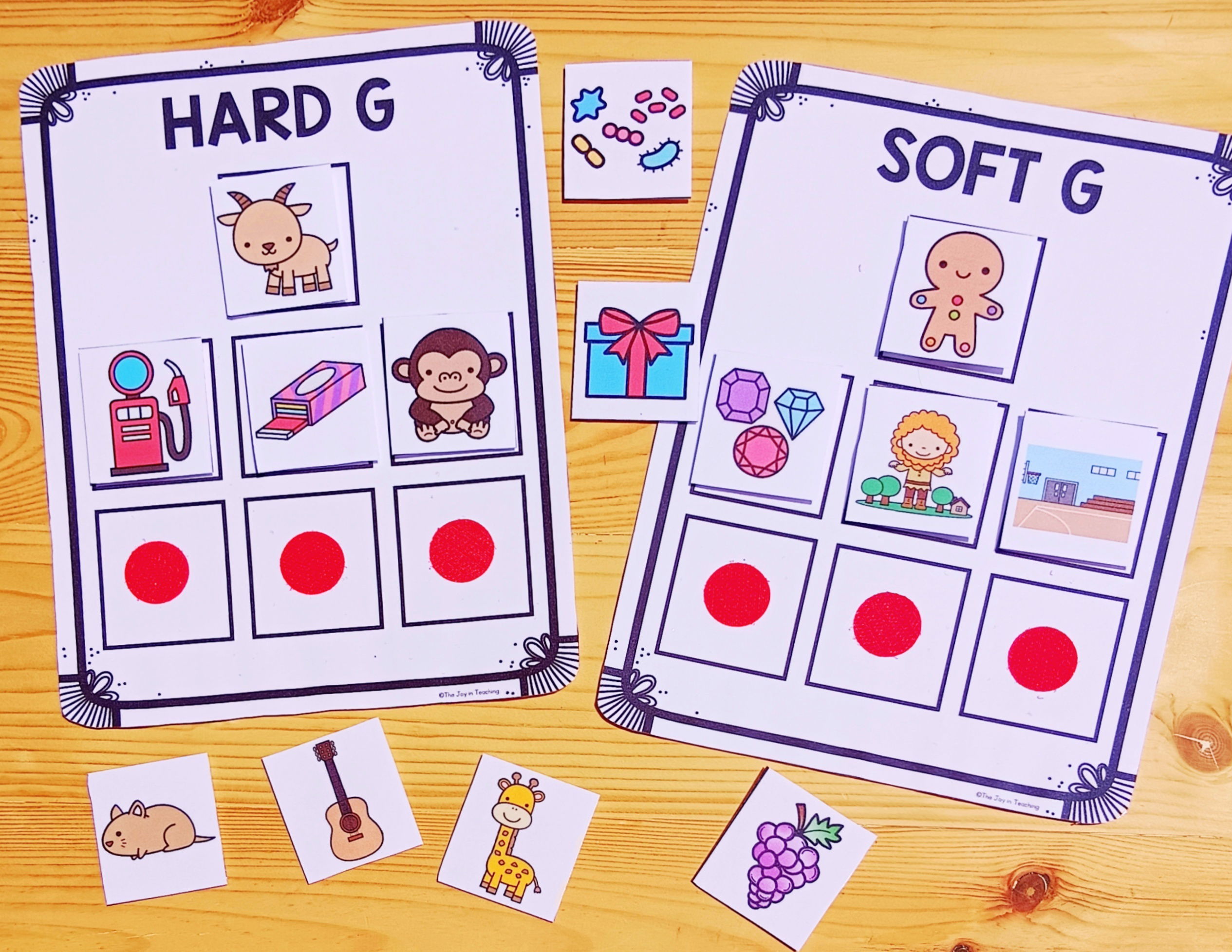
2. Soft C and Hard C Worksheet
- Objective: Allow students to practice and master soft and hard C sounds.
- Includes:
- Anchor charts
- Word hunts
- "Same sound or not?" worksheets
- Color the picture activities
- Odd sound out exercises
- Fill-in-the-blank activities
- Soft and hard C sound identification
- Activities: These interactive worksheets help students engage with the sounds in a variety of ways to reinforce their learning.

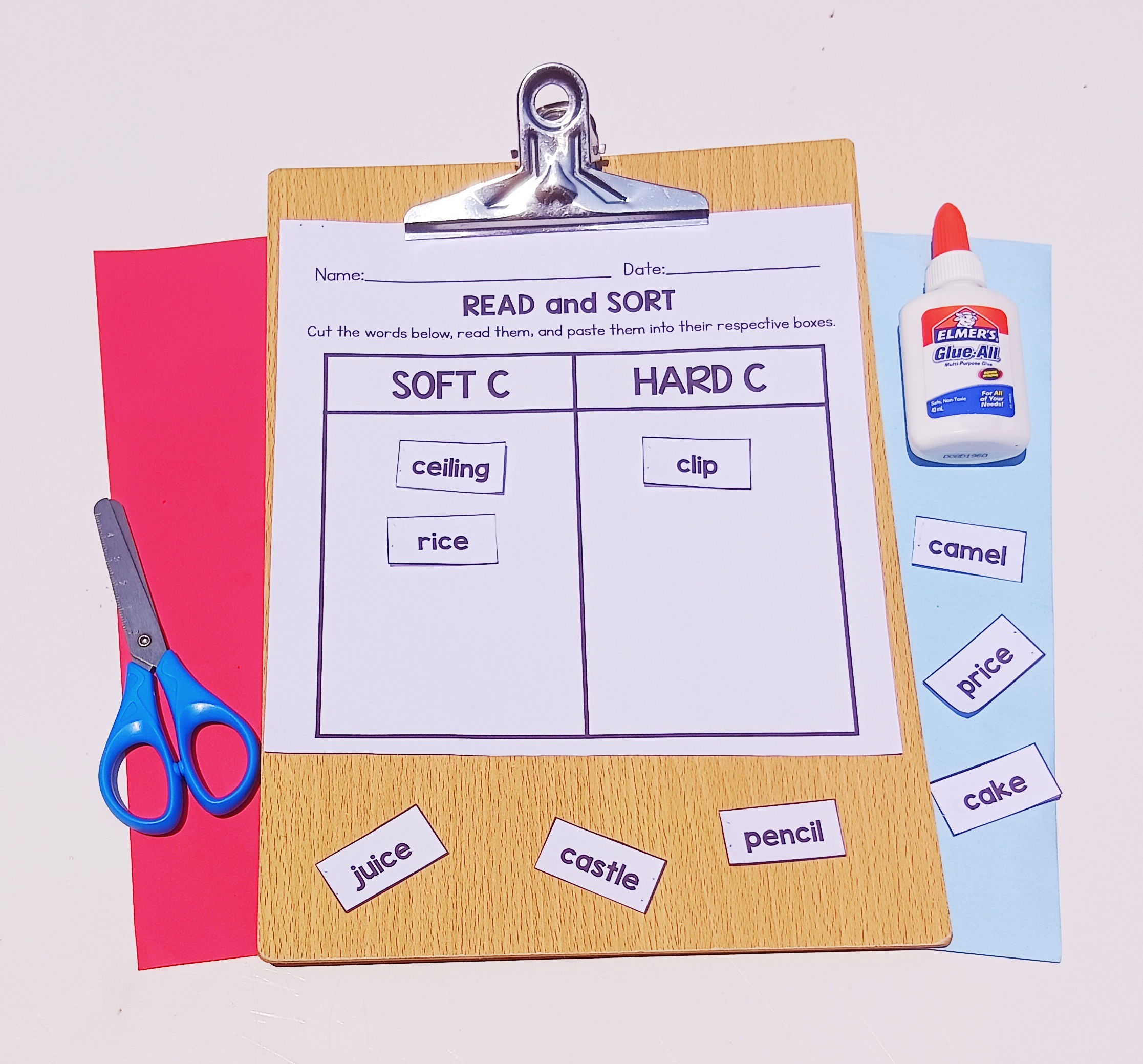

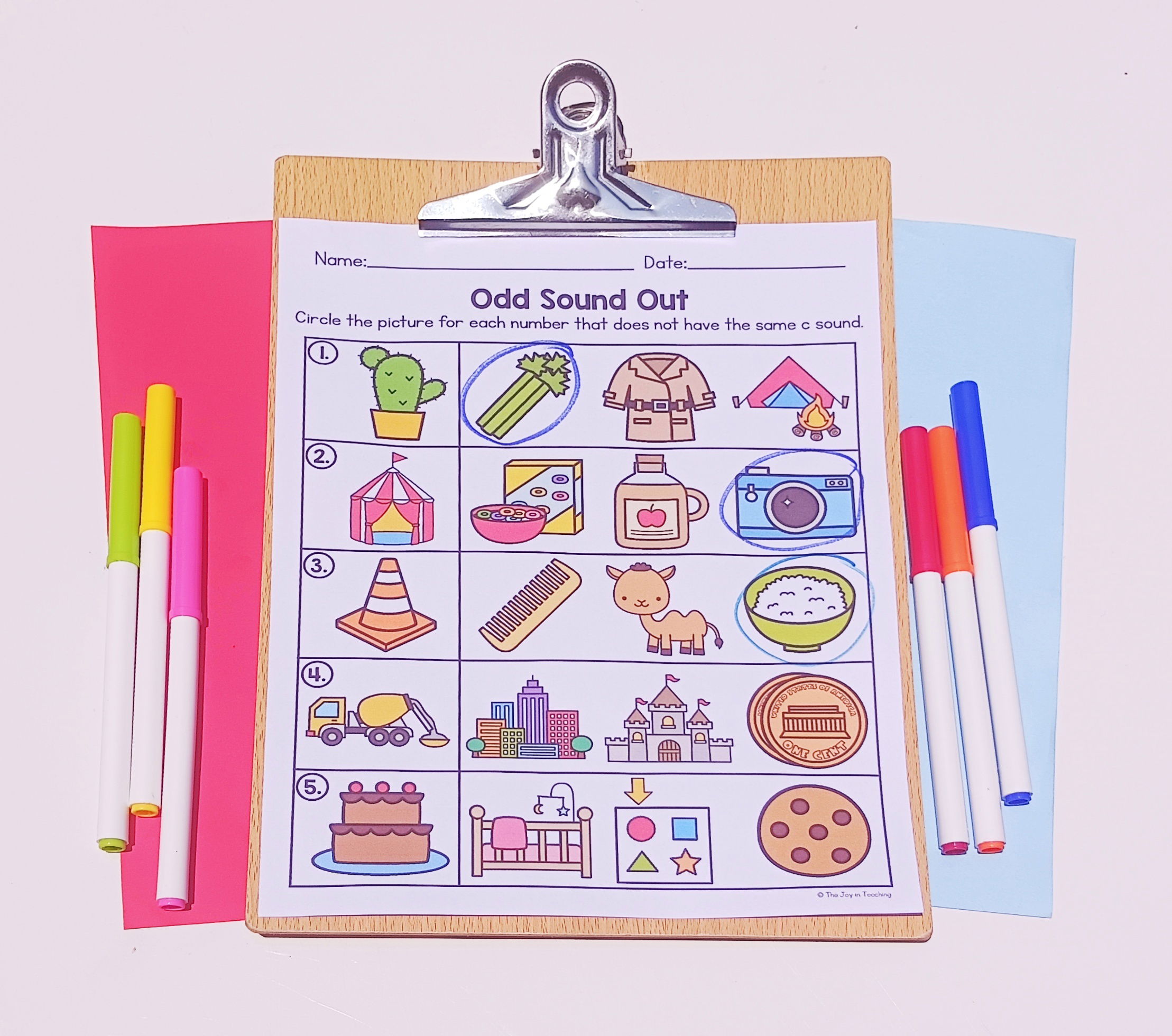

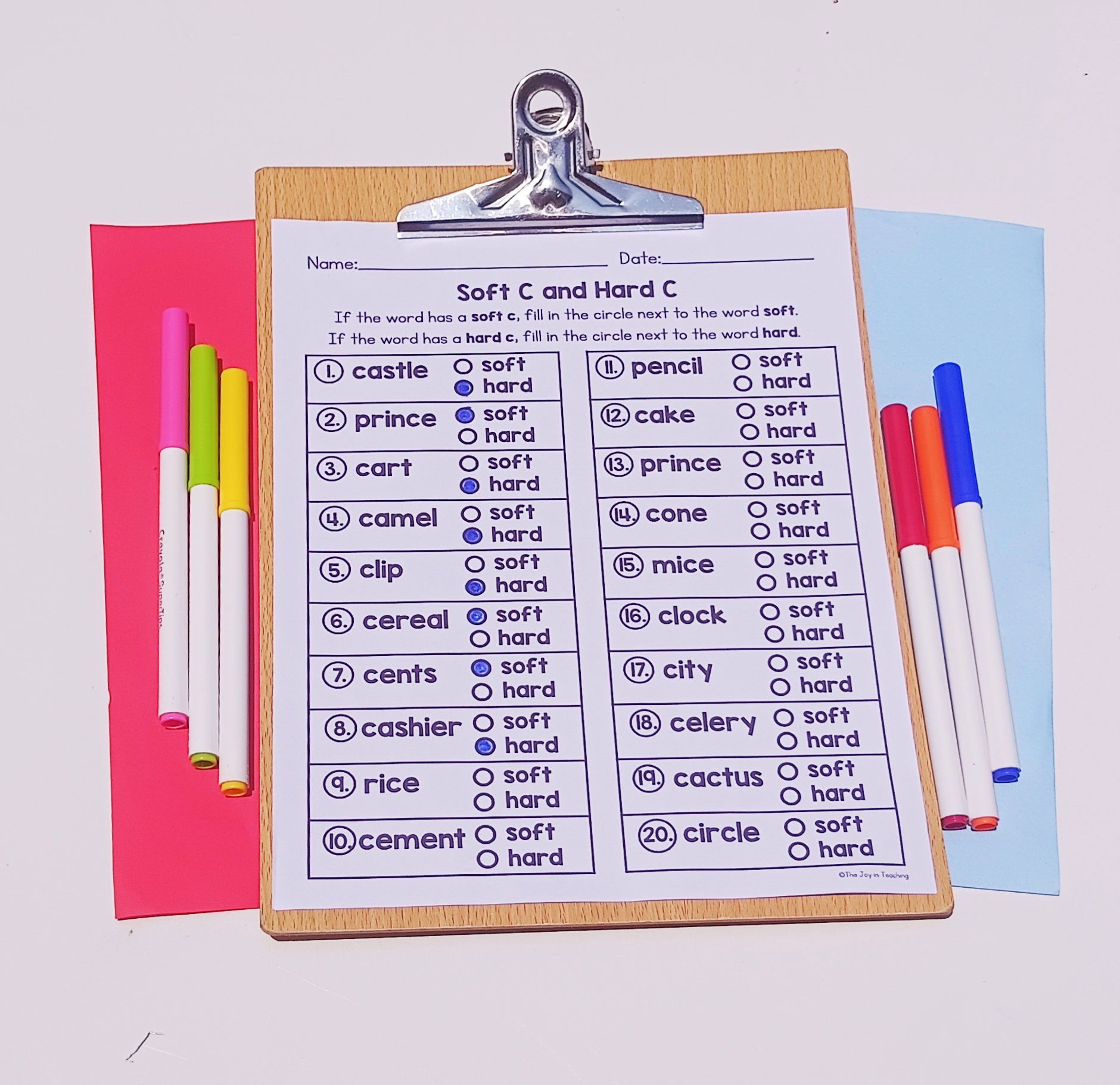
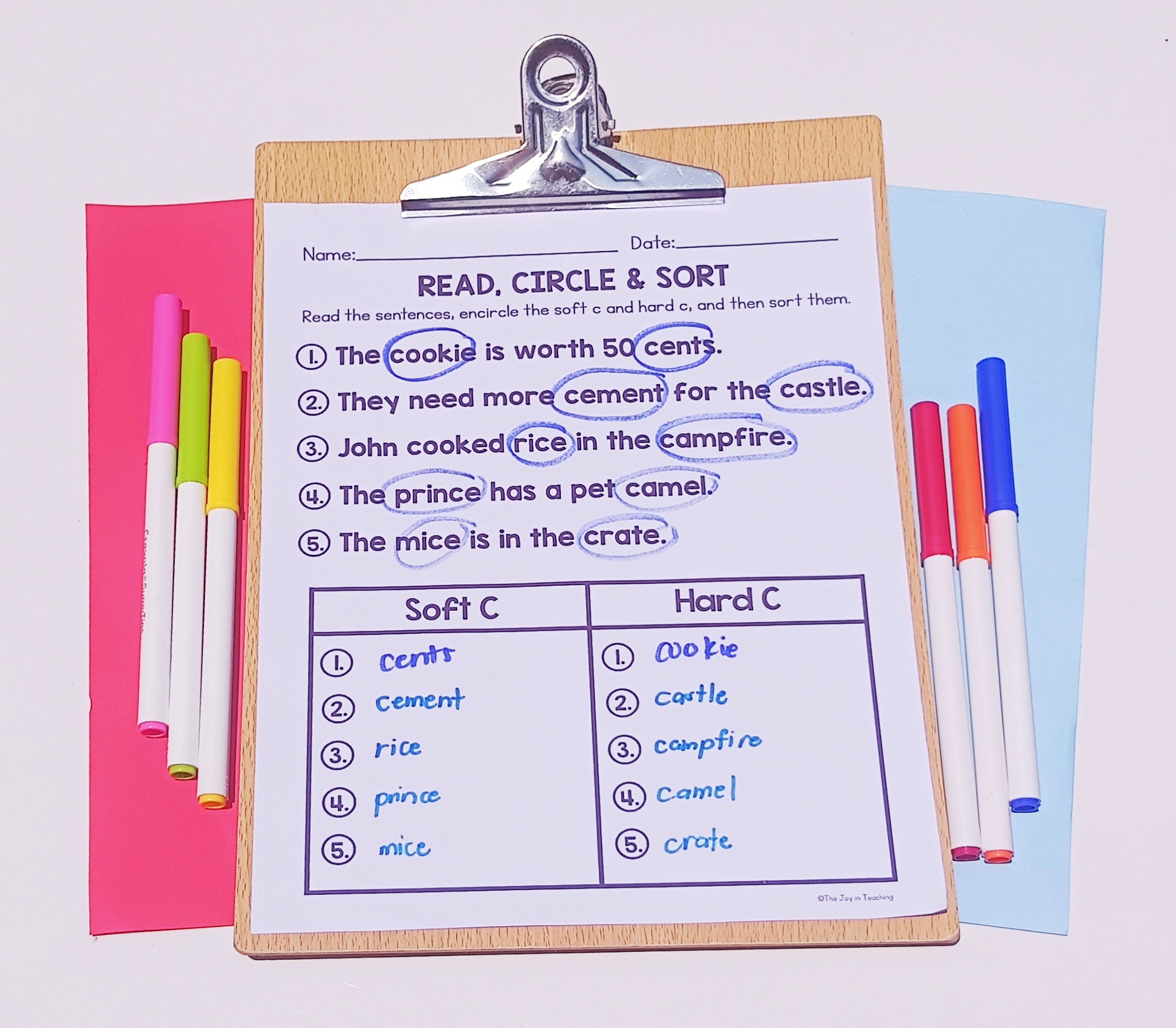
3. Soft G and Hard G Worksheet
- Objective: Allow students to practice and master soft and hard G sounds.
- Includes: Similar to the C worksheets, but with a focus on G sounds, including identification activities and sentence-based exercises.
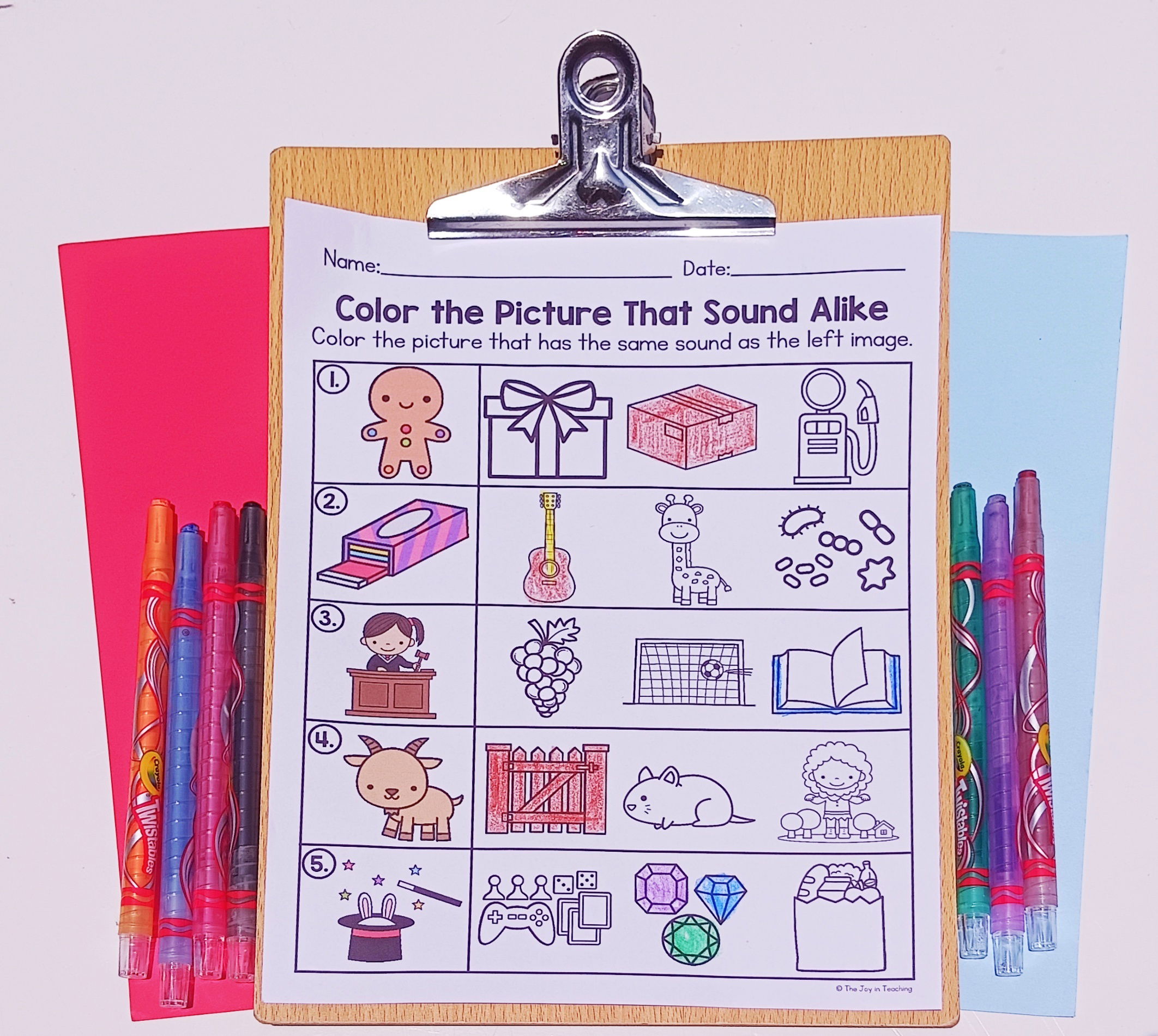

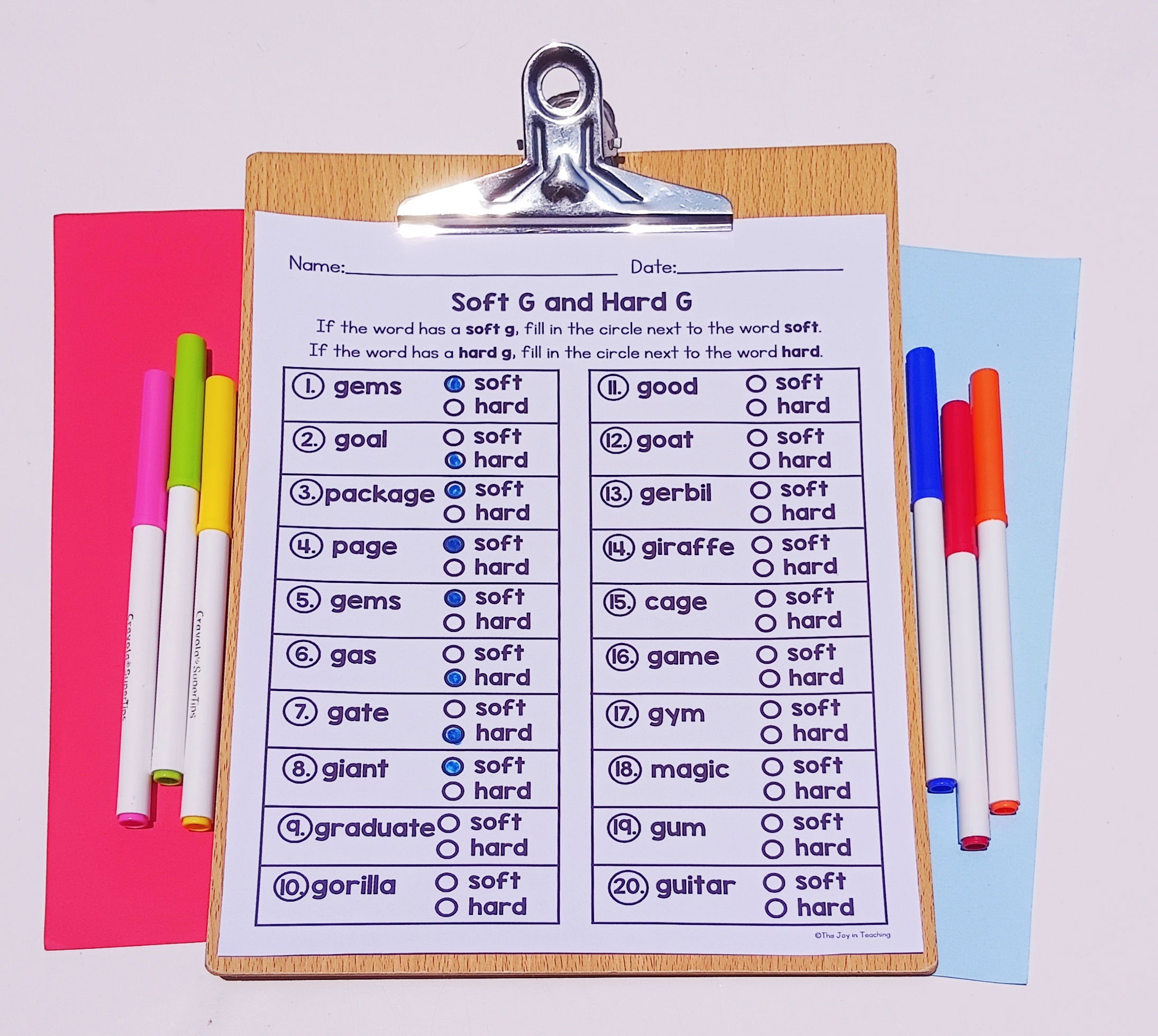
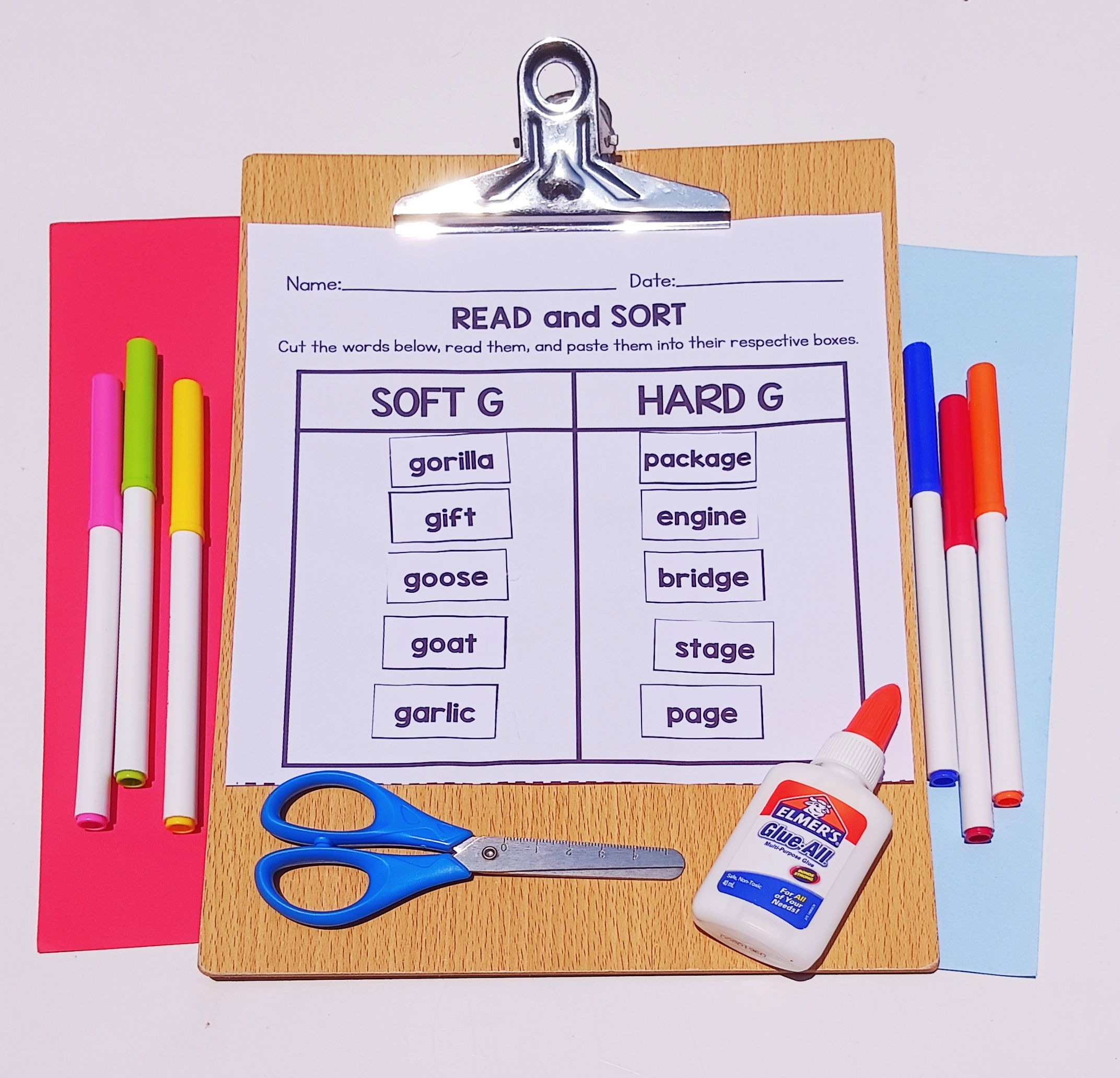
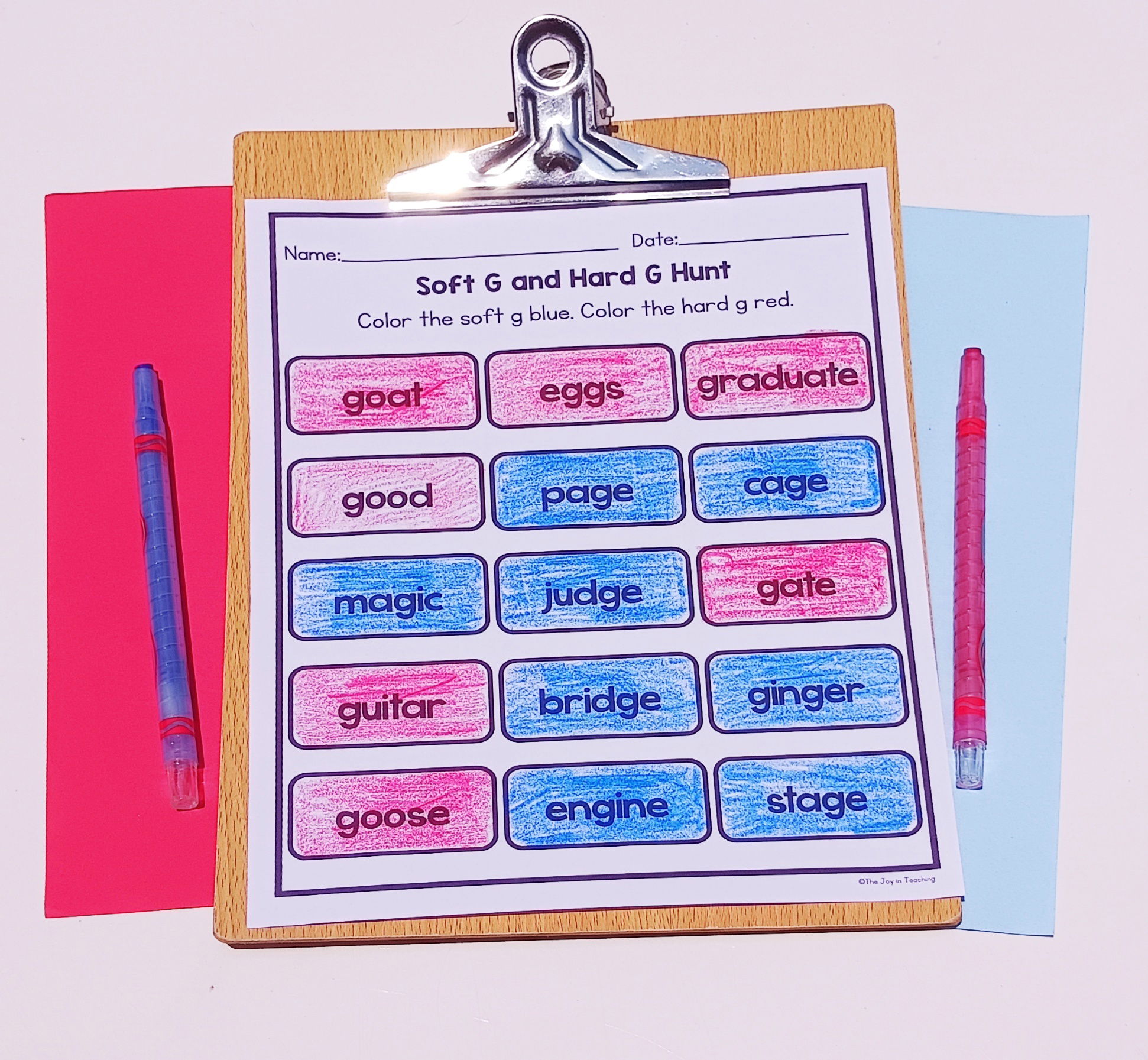
4. Hard and Soft C and G Flashcards
- Objective: Reinforce learning through repetition and fun.
- Includes: Word and picture flashcards for both hard and soft C and G sounds.
- Activities: These flashcards can be used for matching games, quick reviews, or as a center activity for reinforcement.
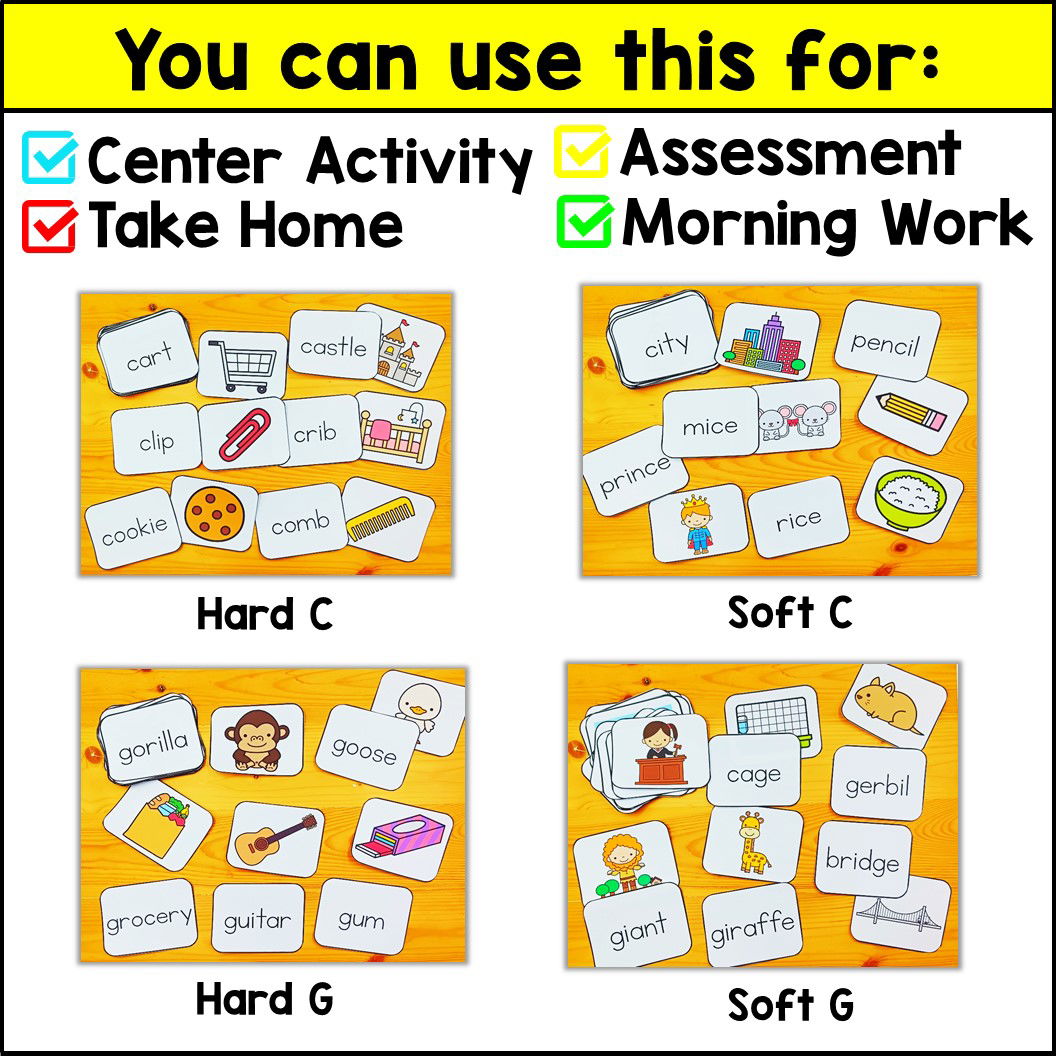
Let’s Make Learning Fun!
Teaching these tricky phonics sounds doesn’t have to be boring or overwhelming. It’s packed with fun, engaging, and easy-to-implement activities that will make learning feel like an exciting adventure for your students. Watching your students grow in their phonics skills as they unlock the mystery of hard and soft sounds will be incredibly rewarding!
Follow Me for More Teaching Tips with Joy For more tips, resources, and a daily dose of teaching joy, follow me on:
Got questions or want to share your success stories? Drop me an email at thejoyinteaching@gmail.com. I love hearing from fellow educators and parents! Happy Teaching!
Joy Medalla
The Joy in Teaching 💛